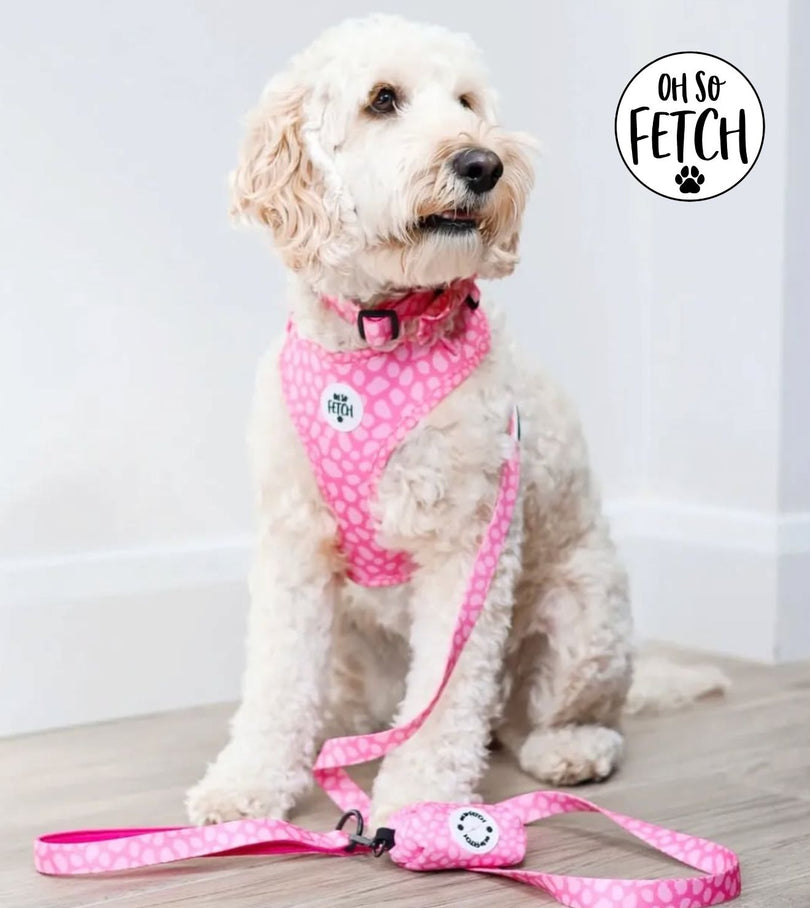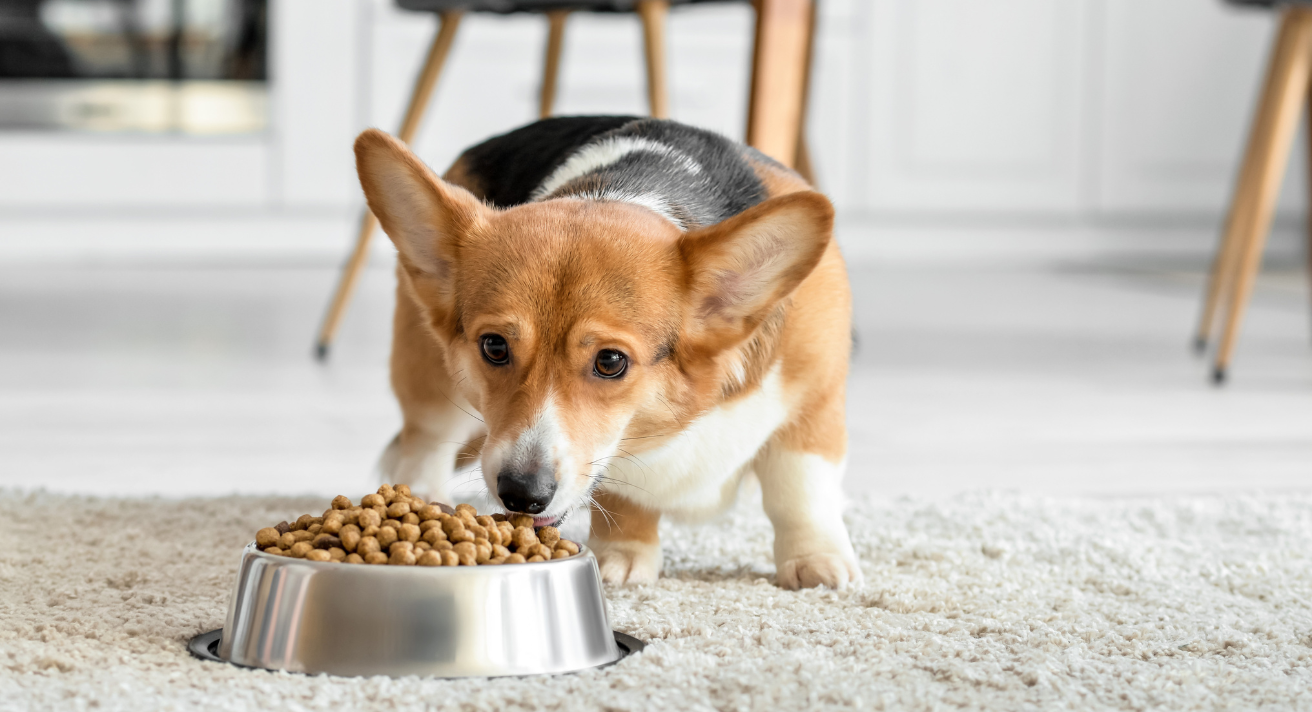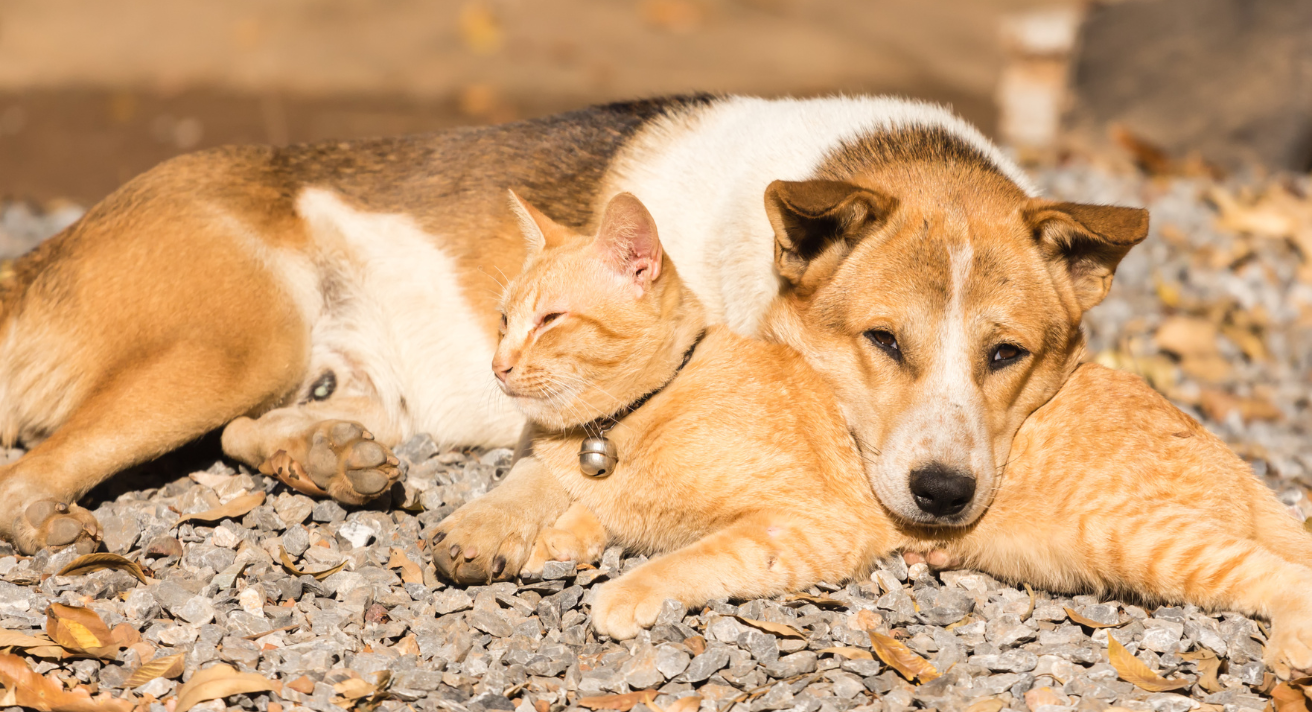Some dogs, like some people, seem to have a cast-iron gut. You catch them milling through the bin, and they suffer no ill effects. If your first dog was like that, you might be surprised if you someday own a dog with a very different constitution, one who suffers bouts of diarrhoea, throws up or itches inexplicably. Knowing how to feed a dog with a sensitive stomach can make all the difference.
It's vital for your fur baby’s well-being that they digest their food properly to get the value of the nutrients in it. While some dogs seem to thrive on whatever you put in their bowl, others need a specialised diet to feel their best. Here’s what you need to know if your dog has a sensitive tummy.
Understanding Your Dog’s Digestive Woes
Some signs of a sensitive stomach in a dog are obvious, such as loose or exceptionally foul stools, blood in the stools, or vomiting. Others are harder to connect. If your dog is always itching despite being treated for fleas and ticks, consider a food intolerance. Very dark or tarry looking stool indicates bleeding in the stomach or intestine.
Your vet is your first port of call. They can ask all the right questions, examine your dog and run tests to determine the cause of the problem. Sometimes, it is a food intolerance, while other times your dog might be too nervous or excited at mealtimes. If your vet can’t identify a specific food intolerance and says your dog simply has a dodgy gut, you might feel a bit at sea choosing the best food for a dog with a sensitive stomach.
Finding the Right Food
Ask your vet if the dog’s food might be too rich. If this is a possibility, look for one with a lower percentage of protein. Second, consider what that protein is. The most common dog food allergies and intolerances are to meats. Hypoallergenic dog foods are often made with a single meat that isn’t commonly used in regular foods. So if your dog has been eating a food with beef as the main protein, consider one that has no beef but uses fish or lamb such as Red Mill’s Leader Sensitive, which is available in lamb or salmon.
A dog with a sensitive stomach might need a limited ingredients dog food because they might also be reacting to unnecessary ingredients such as fillers or food colourings. Sensitive stomach dog food brands with locally sourced, wholesome ingredients can make all the difference. When you check the ingredients, look for specific, identifiable items. Avoid brands that are vague in their labelling saying things like ‘meat byproducts’ or ‘cereals’. You need to know exactly what those meats and cereals are to avoid those that upset your dog’s stomach.
Feeding Tips for Dogs with Sensitive Stomachs
Finding the best food for a dog with a sensitive stomach is crucial, but it isn’t the only thing. Avoid these common dog feeding pitfalls to keep your best friend feeling well.
1. How to Transition Dog Foods for Sensitive Stomachs
Don’t change foods abruptly unless advised to do so by your vet. It’s best to switch over a period of three weeks. The first week, fill the bowl with three parts old food to one part new food. If that goes well, feed equal parts old and new food in the second week. For the third week, use one part old food to three parts new food. After that, assuming your dog doesn’t have any problems with the new food, you can feed it exclusively.
2. Best Feeding Routine for Dogs with Digestive Issues
Feed a nervous dog in a quiet spot, away from the family. Don’t hype the dog up or create any excitement about their meal. If you have more than one dog, feed them at the same time in different rooms or at least different parts of the same room. Supervise to ensure they are not aggravating each other. Routine is important to dogs, so try to fill their dish at the same time every day.
3. Slow Feeder Bowls: Preventing Bloat in Dogs
A slow-feeder dog bowl can slow down a pup who gulps food too quickly. Gulping food causes a dog to swallow too much air, which can lead to medical emergency known as gastric torsion. It can be fatal. The stomach bloats and then twists, cutting off blood the supply.
4. Safe Dog Treats for Sensitive Stomachs
Watch it with treats. You can feed the perfect food but accidentally trigger your dog’s symptoms with the wrong treat. Check the ingredients as carefully as you do with their food. And don’t go overboard with the treats.
5. Can Dogs with Sensitive Stomachs Eat Human Food?
Avoid table scraps, especially any highly processed convenience foods. If your dog’s stomach settles down, you can slowly reintroduce some things such as lean meat without any seasoning or scrambled egg. Some human foods are fine for dogs. But dogs do better without processed or seasoned foods, even if they love them.
Once you learn how to feed a dog with a sensitive stomach, you’ll see your fur baby flourish. Not only will their digestive symptoms disappear, their skin and coat will improve and they’ll have more energy and less stress.
Written by Irene Hislop













